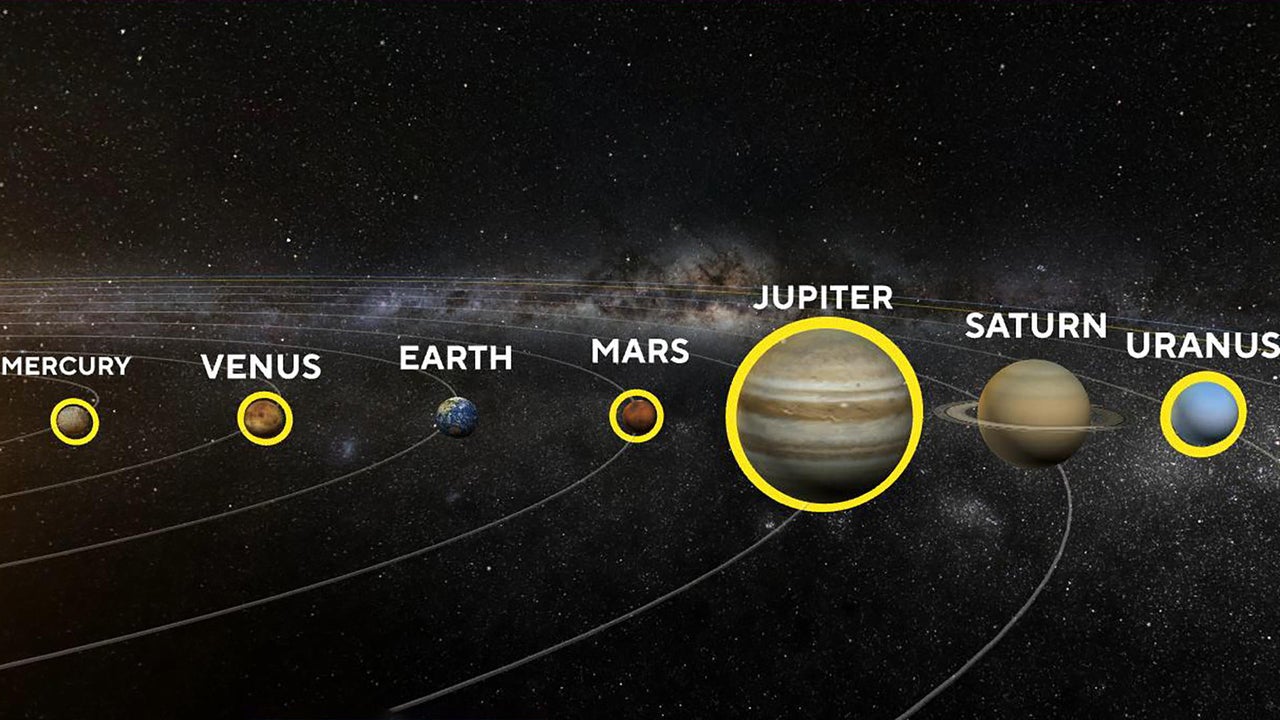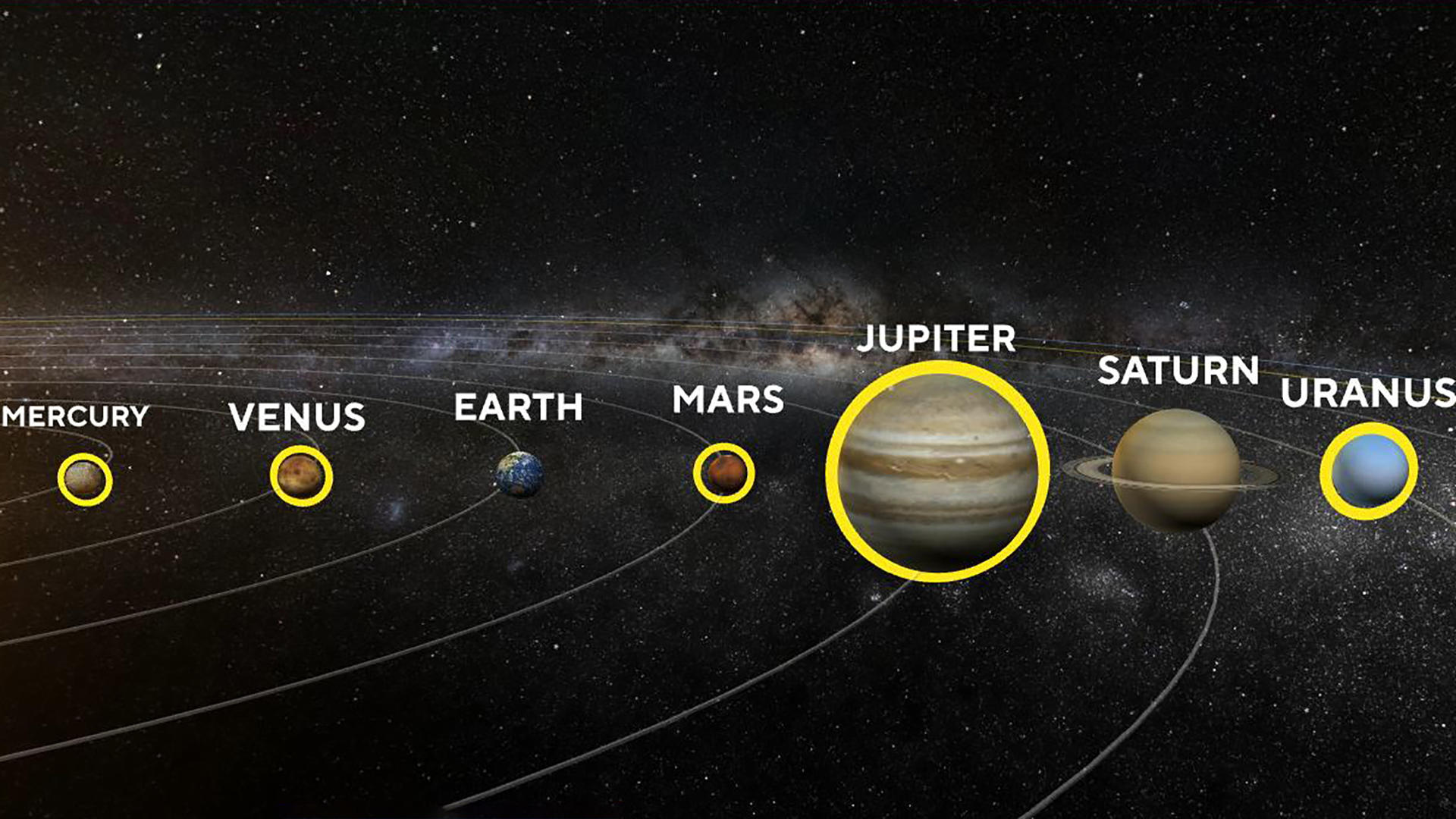Jupiter is the largest planet in our solar system, known for its massive size and iconic Great Red Spot. Uranus, on the other hand, is the seventh planet from the Sun, famous for its unique sideways rotation and icy composition.
In space exploration and astronomical discussions, the comparison between Jupiter and Uranus always sparks curiosity and interest due to their contrasting features and fascinating characteristics. Jupiter, with its swirling storms and powerful magnetic field, stands out as a giant gas giant while Uranus, with its pale blue color and tilted axis, offers a distinct perspective on the outer planets.
Let’s delve deeper into the differences and similarities between these two intriguing celestial bodies to gain a better understanding of their roles in the cosmic dance of the universe.

Credit: blogs.oregonstate.edu
2. Jupiter: The King Of The Solar System
Jupiter is the largest planet in our solar system, earning the title of “The King of the Solar System”. Let’s delve into its fascinating characteristics that set it apart from the rest.
2.1 Physical Characteristics
- Jupiter, a gas giant, has a diameter of about 86,881 miles.
- The planet’s iconic feature is its Great Red Spot, a massive storm.
2.2 Moons And Rings
- Jupiter boasts a whopping 79 moons, with the four largest known as the Galilean moons.
- These moons are Io, Europa, Ganymede, and Callisto.
2.3 Atmosphere And Storms
- Jupiter’s atmosphere mainly consists of hydrogen and helium gases.
- The planet exhibits intense storms, including lightning and colossal hurricanes.
With its grand size and majestic presence, Jupiter reigns supreme as the ruler of our solar system, captivating astronomers and space enthusiasts alike.

Credit: www.cbsnews.com
3. Uranus: The Mysterious Ice Giant
3. Uranus: The Mysterious Ice Giant
Uranus, the seventh planet from the Sun, is a fascinating world known for its mysterious characteristics. Let’s delve into the secrets of this icy giant.
3.1 Unique Tilted Axis
Uranus spins on its side, with a tilt so extreme that it rolls around the Sun like a barrel. This distinctive feature sets it apart from other planets.
3.2 Composition And Structure
Uranus is primarily composed of hydrogen and helium, but its blue hue comes from methane in its atmosphere. Beneath the clouds lies a mantle of water, ammonia, and methane ices. The core may be rocky and icy.
3.3 Rings And Moons
Uranus boasts a system of thin, dark rings made up of rock and carbon-rich particles. It has 27 moons, each with its own characteristics and mysteries waiting to be unraveled.
7. Exploration Missions
7. Exploration Missions
Space exploration has always been a fascinating subject for scientists and space enthusiasts alike. The quest to unravel the mysteries of the planets in our solar system has led to numerous exploration missions. Two of the most intriguing destinations for these missions are Jupiter and Uranus. Let’s take a closer look at the missions that have been undertaken to explore these distant giants.
7.1 Missions To Jupiter
Jupiter, the largest planet in our solar system, has captured the curiosity of scientists for centuries. Its colossal size and swirling storms make it a captivating target for exploration. Over the years, several missions have been sent to unravel the secrets held by this gas giant.
One of the most remarkable missions to Jupiter was NASA’s Juno spacecraft. Launched in 2011, Juno traveled a distance of 1.7 billion miles before entering Jupiter’s orbit. Its mission was to study the planet’s magnetic field, composition, atmospheric conditions, and more. Juno’s close proximity to Jupiter allowed for groundbreaking discoveries that have deepened our understanding of this mesmerizing world.
In addition to Juno, there have been other missions like Pioneer 10 and 11, Voyager 1 and 2, and Cassini-Huygens. Each of these missions contributed valuable insights into the mysteries of Jupiter, enabling scientists to paint a clearer picture of its composition, weather patterns, and magnetic fields.
7.2 Missions To Uranus
Uranus, with its icy, blue atmosphere and unique tilt, has captivated astronomers since its discovery. Though fewer missions have been dedicated solely to exploring Uranus compared to Jupiter, the ones that have ventured towards this enigmatic planet have paved the way for greater understanding.
Voyager 2, the only spacecraft to have flown by Uranus, provided invaluable data and stunning images of the planet and its moons. Launched in 1977, Voyager 2 passed by Uranus in 1986, capturing detailed images of its atmosphere and revealing new aspects of its icy, gaseous composition. This flyby mission opened up new avenues of research, leaving scientists eager for future missions focused on Uranus.
Due to limited exploration missions to Uranus, much of our knowledge about this planet remains a mystery. However, there is growing interest in future missions that could shed further light on its intriguing features, such as its peculiar tilt and fluctuating weather patterns.
In conclusion, both Jupiter and Uranus have been the targets of various exploration missions. Through these missions, we have gained a deeper understanding of these awe-inspiring planets, unlocking their secrets and expanding our knowledge of the universe.

Credit: www.cbsnews.com
Frequently Asked Questions For Jupiter Vs Uranus
What Are The Key Differences Between Jupiter And Uranus?
Jupiter and Uranus differ in various aspects including size, composition, and weather patterns. While Jupiter has a predominantly gaseous composition and a prominent great red spot, Uranus is an ice giant with a unique tilt and extreme cold temperatures.
How Do The Magnetic Fields Of Jupiter And Uranus Differ?
Jupiter’s magnetic field is immensely powerful, encompassing the planet’s moons, while Uranus has a more peculiar, tilted magnetic field. The difference lies in the orientation and strength of the magnetic fields, impacting their surrounding environments.
What Are The Notable Moons Orbiting Jupiter And Uranus?
Jupiter boasts an extensive collection of moons, the most famous being the Galilean moons, while Uranus has five major moons, including Miranda and Titania. The sizes, compositions, and orbital characteristics of these moons reveal captivating contrasts between the two planets.
How Do Jupiter And Uranus Contribute To Our Understanding Of The Solar System?
Studying Jupiter and Uranus provides invaluable insights into planetary formation, atmospheric dynamics, and the effects of magnetic fields. Their distinct features and behaviors serve as critical markers in understanding the diversity and evolution of our solar system.
Conclusion
Jupiter and Uranus are two fascinating planets in our solar system, each with its own unique characteristics. Jupiter, the largest planet, showcases its majestic gas giant composition, while Uranus, the ice giant, stands out with its peculiar tilted axis. Exploring their contrasting features and distinct roles in our cosmic neighborhood allows us to deepen our understanding of the vast wonders of the universe.
Keep on stargazing and indulging in the mysteries beyond!


